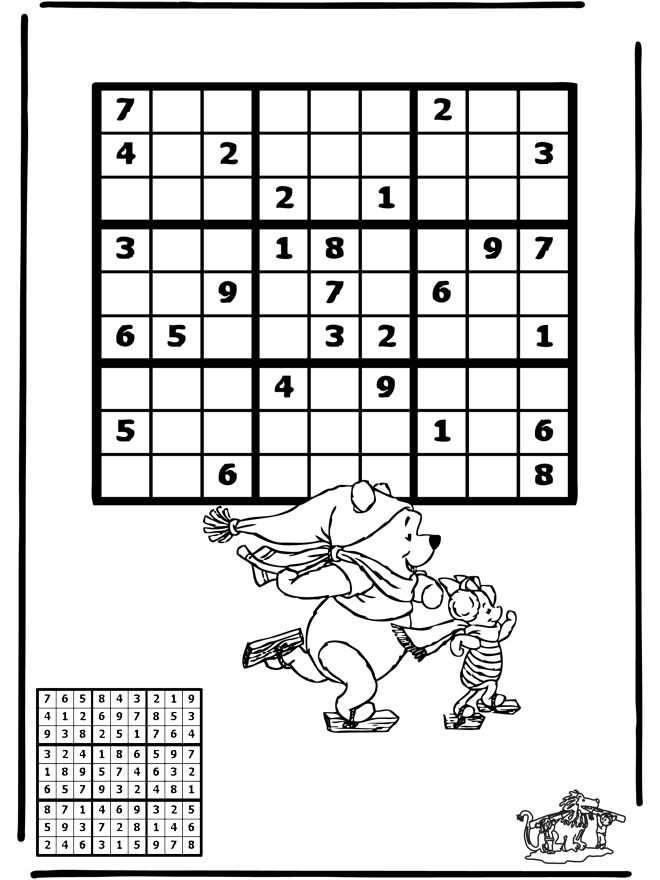One of the activities can be carried is mathematics base game during mathematics class.
Seeing children with great smile during my class can make me happy as well.
One of the good activity i would do is SODOKU games.
Sudoku (数独 sūdoku, すうどく)
The puzzle was designed by Howard Garns, a retired architect and freelance puzzle constructor, and first published in 1979. Although likely inspired by the Latin square invention of Leonhard Euler, Garns added a third dimension (the regional restriction) to the mathematical construct and (unlike Euler) presented the creation as a puzzle, providing a partially-completed grid and requiring the solver to fill in the rest. The puzzle was first published in New York by the specialist puzzle publisher Dell Magazines in its magazine Dell Pencil Puzzles and Word Games, under the title Number Place (which we can only assume Garns named it).
The puzzle was introduced in Japan by Nikoli in the paper Monthly Nikolist in April 1984 as Suuji wa dokushin ni kagiru , which can be translated as "the numbers must be single" or "the numbers must occur only once" (literally means "single; celibate; unmarried"). The puzzle was named by Kaji Maki, the president of Nikoli. At a later date, the name was abbreviated to Sudoku (pronounced SUE-dough-coo; su = number, doku = single); it is a common practice in Japanese to take only the first kanji of compound words to form a shorter version. In 1986, Nikoli introduced two innovations which guaranteed the popularity of the puzzle: the number of givens was restricted to no more than 32 and puzzles became "symmetrical" (meaning the givens were distributed in rotationally symmetric cells). It is now published in mainstream Japanese periodicals, such as the Asahi Shimbun. Within Japan, Nikoli still holds the trademark for the name Sudoku; other publications in Japan use alternative names. (http://www.spiritustemporis.com/sudoku/history.html)
_________________________________________________________________________________
The Sodoku game is just one example. As a teacher we can create the game by our own and let the pupils have great learning moment with us.
Ganbatteh teacher!!!!



I'm a sodoku lover
ReplyDeletethanks for sharing
keep it up
Game yang menarik hati.
ReplyDeleteThanks for sharing!
ReplyDelete